How to choose a pot for my garden: the best tips
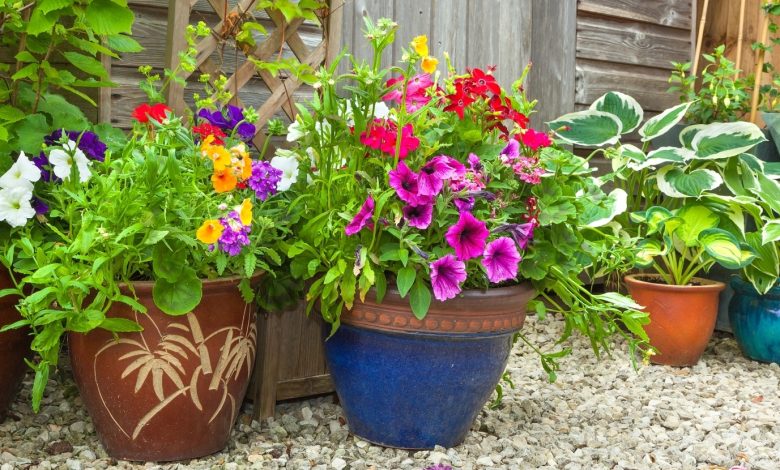
How is that going Agrohuerters? Today in Agrohuerto we are going to explain how to cultivate a garden in pots, for those who do not have free land to establish their crops and do not know what type of pot to choose.
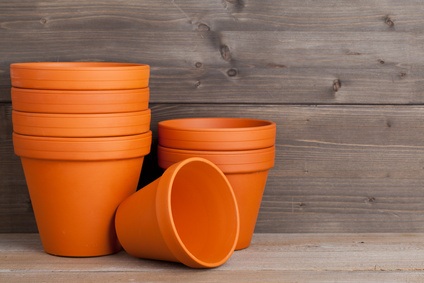
Growing plants in containers allows us to recreate the conditions of a small-scale garden. The planter is a central element because it defines the space in which there will be an orchard and has an effect on the aesthetics and perception of space in the area, whether it is a balcony, a patio or a roof terrace. For this reason, we must correctly choose the pots in which we are going to install our garden.
1. Location and space
The first thing we must do is organize the space we have, for this we must choose the location of the garden. Regardless of whether the space is large or small, we must choose a sunny space, preferably facing south, since our plants will need a considerable number of hours of sunlight to mature.
If you do not have a place where sunlight shines for at least 7 hours, I recommend that you limit the cultivation of your garden to leafy species such as lettuce or chard, whose requirements in terms of hours of sunshine are lower.
Once you have chosen the location of the garden, measure well the space you have and the pots you could put. Space is not an inconvenience since there is a wide range of solutions on the market depending on the space we have, which we talked about in the article “ Types of pots for gardening ”.
If you do not have much space, you can alternate crops by placing pots with one crop at one end and another crop at the other end, so that biodiversity is favored.
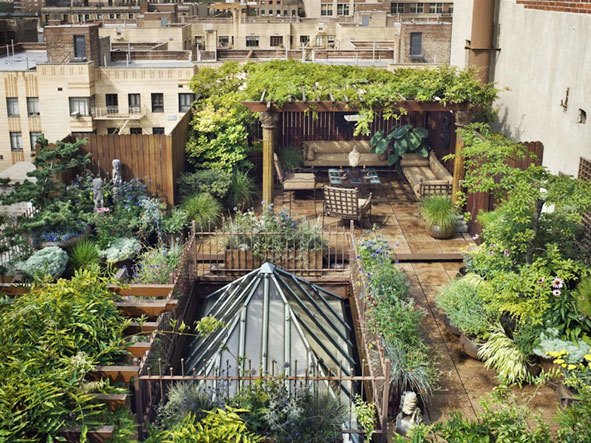
2.color
The type of container also influences the development of the plant, because it determines the temperature and humidity in which the roots will live. In nature, in summer the root zone of plants is in cooler conditions than the aerial part. In winter, the opposite happens: the aerial part suffers the rigors of winter, while the roots are protected from low temperatures.
For this reason, it is advisable to choose white or light colored containers for growing vegetables in areas with very high summer temperatures, since the white color reflects the sun’s radiation and allows control of the temperature inside the container.
On the contrary, in winter, if we are in a cold area, it is preferable to use dark containers, which absorb sunlight and offer a warmer environment for the roots.
3. Insulating Materials
As we have mentioned before, the roots are very sensitive to temperature fluctuations that can be caused by overheating in summer or frost in winter. Maintaining a homogeneous temperature throughout the year will depend, in addition to the color, on the material of the container.
Plastic is a material with low thermal inertia, so it is not interesting for areas where there are sudden changes from one season to another. But we can solve this problem with wooden or terracotta planters in the case of medium-sized containers, since in the case of larger containers, as the volume of substrate is greater, these problems are not as significant.
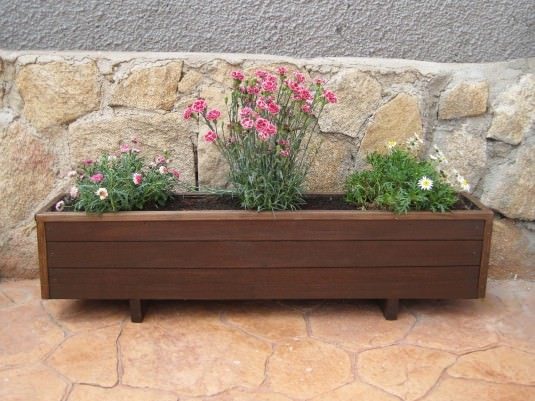
4. Convenient and easy operation
Try to ensure that the containers contribute to avoiding difficulties when working, prioritizing easy access to the plants with tall containers such as cultivation tables or vertical planters, that dirt or moisture does not accumulate, and even that it is easy to transport or change places from one era to another (for example with wheels).
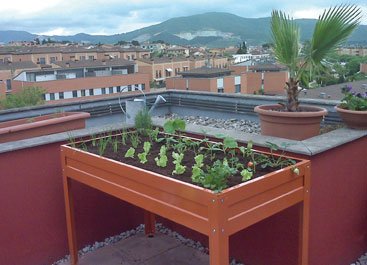
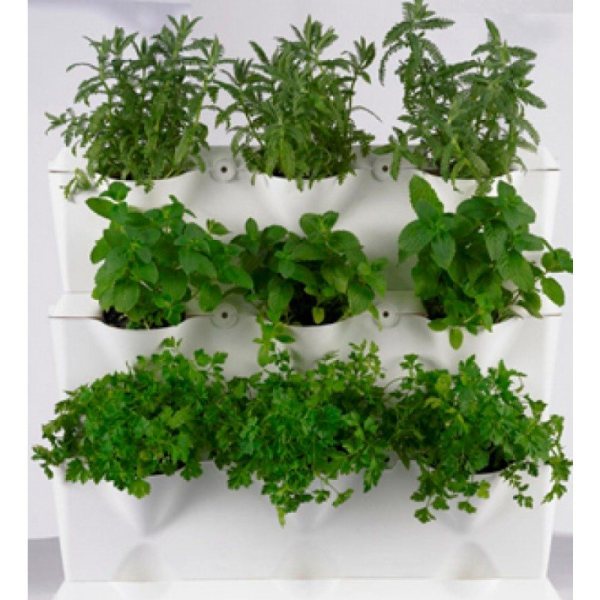
5. Drainage
Another factor to take into account when growing in containers is drainage, important for the elimination of excess water that can lead to rot and root suffocation. Drainage is the ability of a substrate to evacuate excess water.
The soil or substrate is capable of storing more water than is necessary for the proper development of plants; however, in a pot the movement of water may be limited by the lack of holes in the bottom of the pot.
One way to solve this problem is to make a series of holes in the bottom of the pot, if it does not come with them from the factory. Some horticulturists also install a layer of drainage material at the bottom of the pot before filling and transplanting. This drainage material can be something as simple as a few handfuls of gravel or clay (expanded clay used in construction).
6. Volume and depth
The roots can develop horizontally, therefore the most important thing is not the depth, but the total volume, although the pots must have a height of 20-30 cm for correct root development, depending on the crop.It is logical to think that if we are going to plant a species that acquires a large size, such as a melon tree, we will need a large pot. On the other hand, a small plant, such as an onion or a beet, needs less space to grow healthily.
7. Aesthetics
Give free rein to your imagination and design a garden that, above all, is to your liking. According to your preferences and guided by the criteria that we have given, you can choose between wooden containers, lacquered or galvanized growing tables, ceramic, plastic, metal planters… You can even paint them!
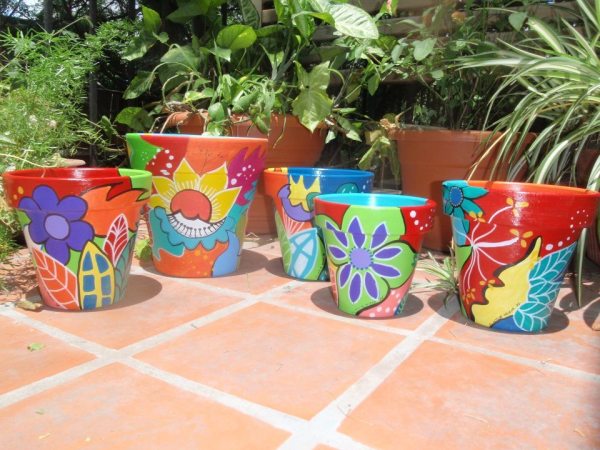
On the other hand, you can also carry out an exercise in imagination following the principles of reuse and recycling, transforming all kinds of objects into cultivation containers.
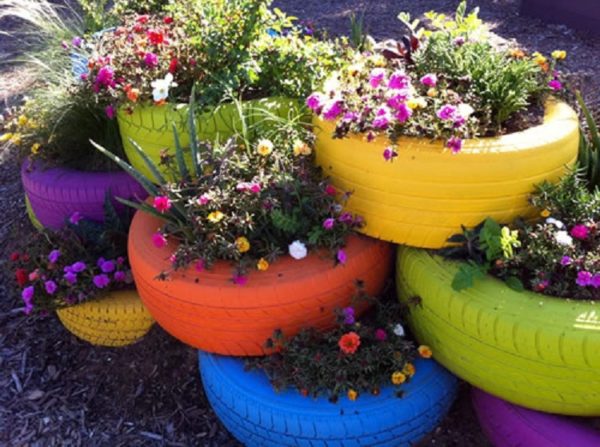
I hope I have given good clues for you to choose the best pot for your garden. And you, what culture container do you use?
See you next time!

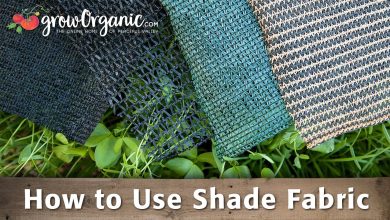
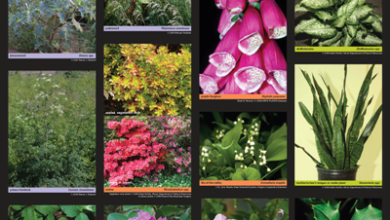
![Photo of The Berberis: [Care, Planting, Irrigation, Substrate and Pests]](https://www.complete-gardening.com/wp-content/uploads/2022/08/the-berberis-care-planting-irrigation-substrate-and-pests-390x220.jpg)
![Photo of When, Where and How to Plant Pumpkins in your Garden in [12 Steps]](https://www.complete-gardening.com/wp-content/uploads/2022/08/when-where-and-how-to-plant-pumpkins-in-your-garden-in-12-steps-390x220.jpg)